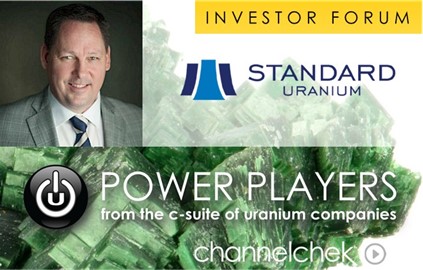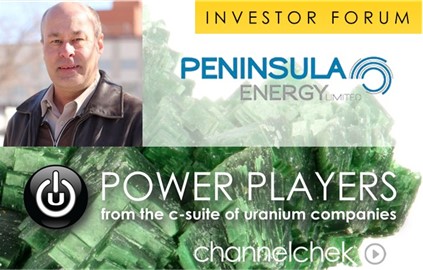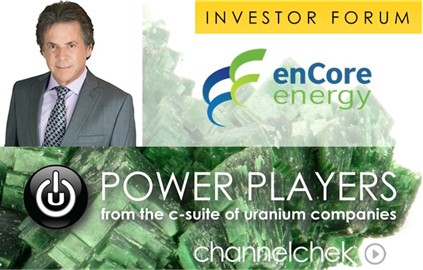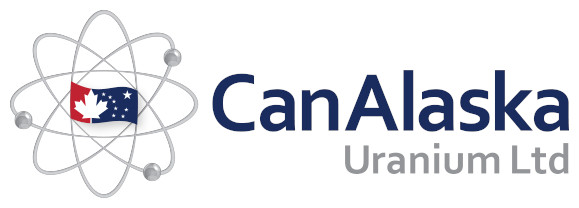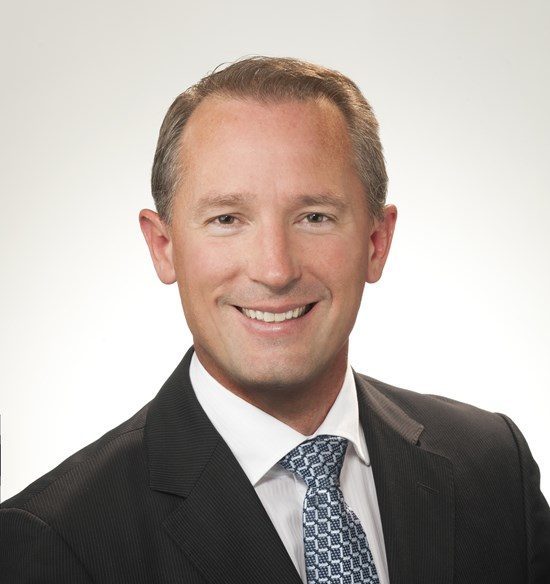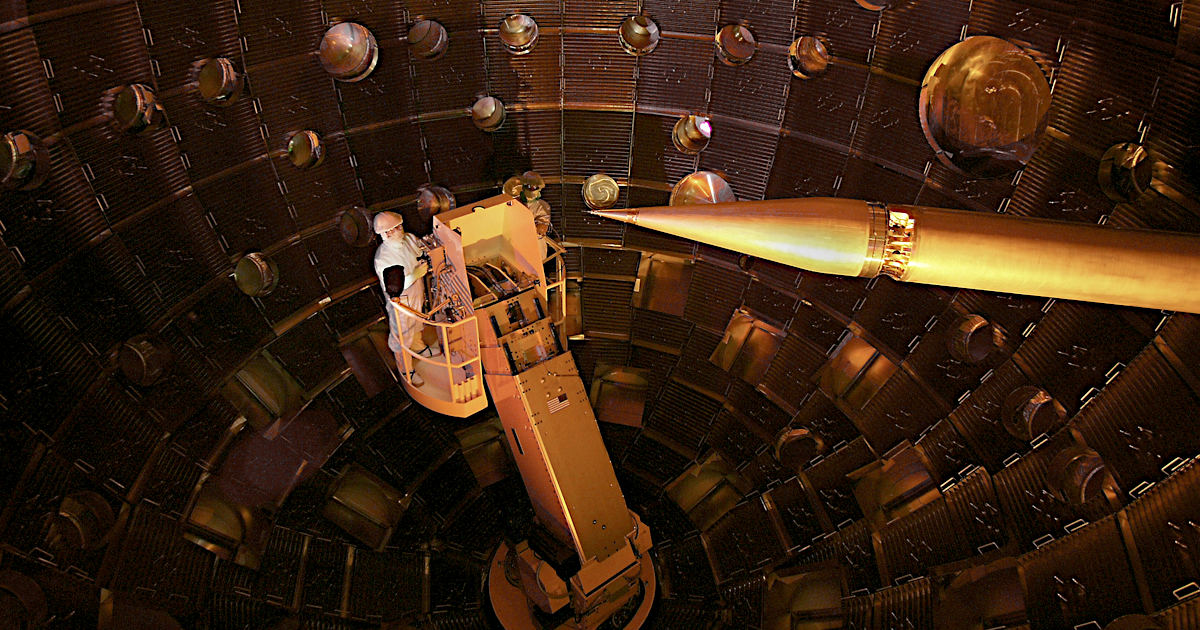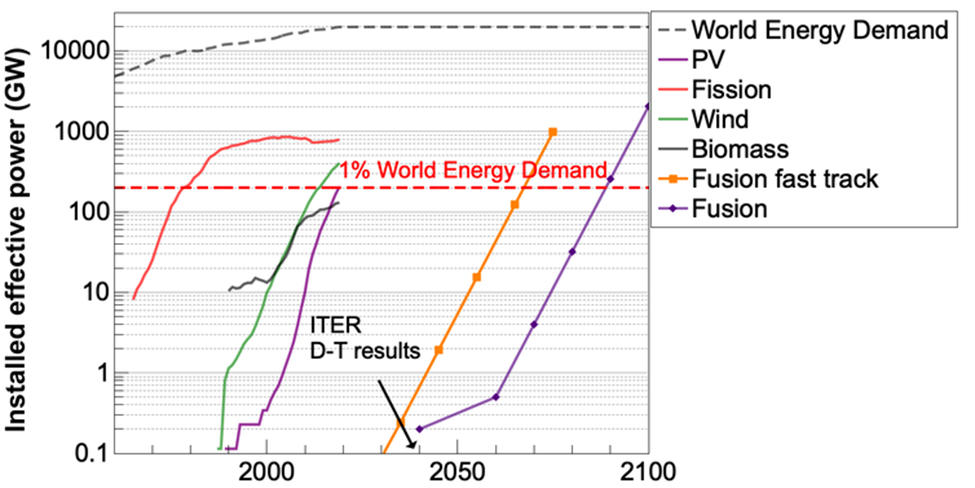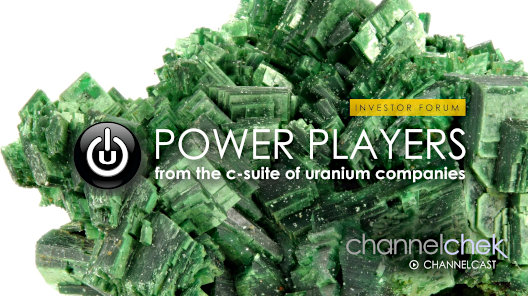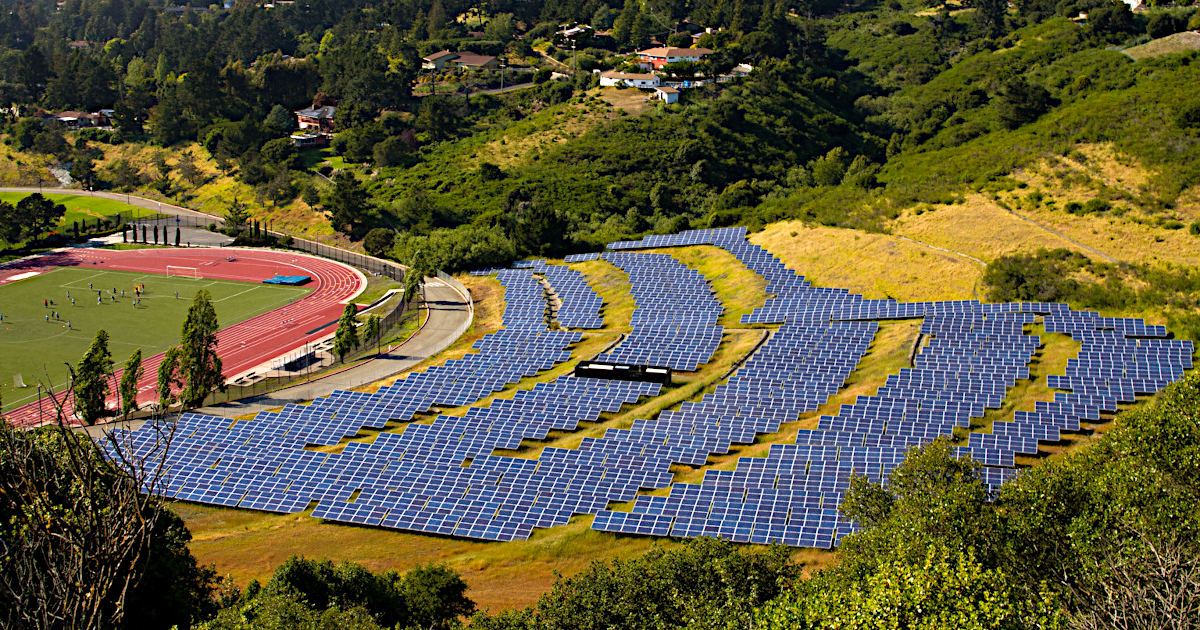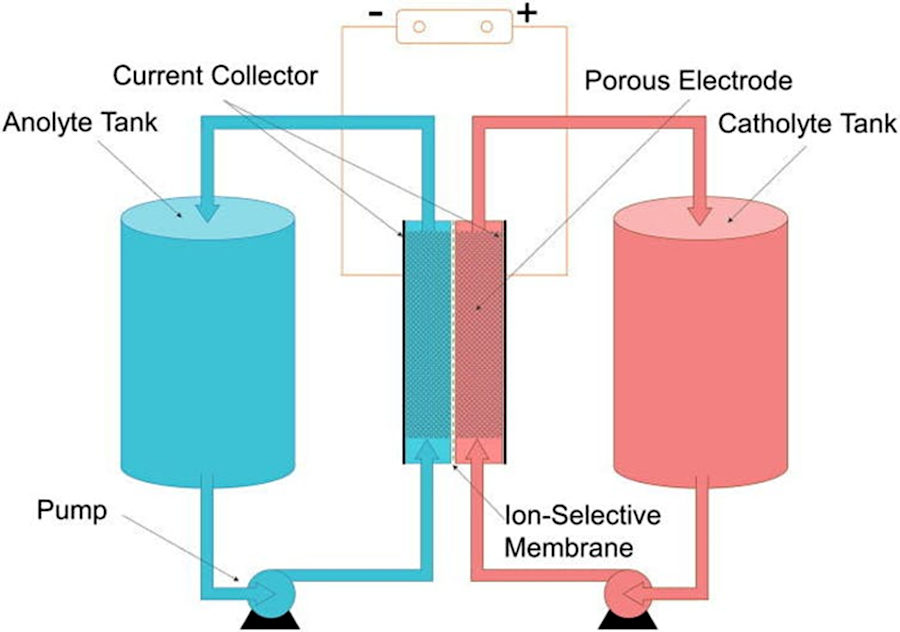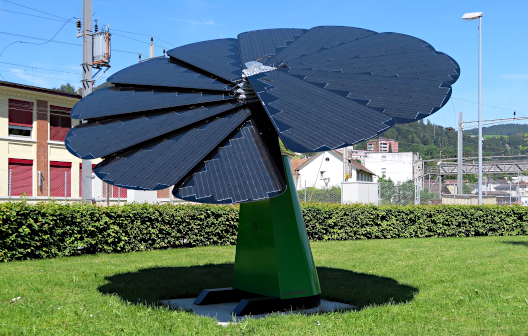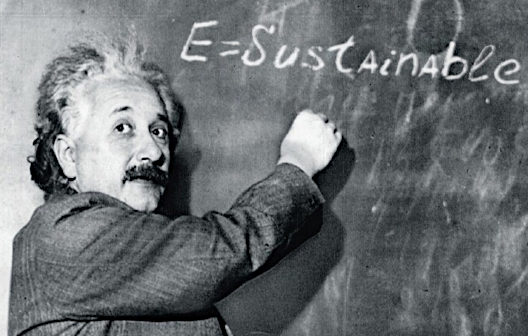
Capstone Green Energy Announces the Appointment of Ping Fu, Former CEO of Geomagic, to the Board of Directors
Holly Van Deursen Retires from Capstone Board of Directors After Serving 14 Years
VAN NUYS, CA / ACCESSWIRE / September 1, 2021 / Capstone Green Energy Corporation (www.CapstoneGreenEnergy.com) (NASDAQ:CGRN), a global leader in carbon reduction and on-site resilient green energy solutions, announced that Ping Fu was elected to its Board of Directors at the Annual Meeting of Stockholders on August 27, 2021. In addition, Ms. Fu will serve on the Capstone Green Energy Audit and Governance and Sustainability Committees. Ms. Fu currently serves on Boards of Directors for Live Nation Entertainment (LYV), The Long Now Foundation, and Burning Man. She also serves as an Advisor to the Prime Minister’s Office of the United Arab Emirates (UAE).
Honored as Inc. magazine’s 2005 Entrepreneur of the Year, Ms. Fu describes herself as an artist and a scientist whose chosen expression is business. In 1997, Ms. Fu co-founded Geomagic, a 3D imaging software company, which was acquired by 3D Systems in February 2013. Geomagic software enables the design and production of one-of-a-kind products and services at a cost less than that of mass production.
Before co-founding Geomagic, Ms. Fu was program manager of visualization at the National Center for Supercomputing Applications, where she was part of the team that initiated and managed the NCSA Mosaic software project that led to Netscape and Internet Explorer. She has more than 20 years of software industry experience in database, networking, geometry processing, and computer graphics.
Since 2010, she has served on the National Advisory Council on Innovation and Entrepreneurship (NACIE) at the U.S. Department of Commerce. She is the author of the business book Bend, Not Break and is the holder of five U.S. and international patents. Ms. Fu has received numerous awards for her leadership as an entrepreneur, including the Outstanding American by Choice award from U.S. Citizenship and Immigration Services (USCIS), the Ernst & Young Entrepreneur of the Year Award for the Carolinas, the Women’s Leadership Exchange Compass Award and the Lifetime Achievement Award by Business Leader magazine.
“I would first like to thank Ms. Holly Van Deursen for her fourteen years of dedication and professional service to the Capstone Board of Directors, several of those years serving in the capacity of Chairperson. Ms. Van Deursen retired from the Capstone Green Energy Board on August 27, 2021. She assisted in the stewarding of the Company through some of its more challenging times, and her keen sense of leadership, successful governance, and oversight will benefit the Company for years to come,” stated Robert C. Flexon, Chair of the Capstone Green Energy Board of Directors.
“We are extremely fortunate to welcome Ping Fu to the Capstone Board of Directors. Her impressive personal and professional accomplishments are nothing short of amazing, and her creativity and proven entrepreneurship skills will continue our drive forward to transform Capstone Green Energy into a global leader in carbon reduction and on-site resilient green energy solutions,” added Mr. Flexon.
“As the Green Energy industry has become more relevant than ever, I am thrilled to join the Board of Directors at Capstone Green Energy to help guide the experienced team at Capstone to new heights,” said Ping Fu. “As more businesses realize the need to look at alternative options for reducing their carbon footprint, lowering their emissions, having reliable sources of on-site power, all while reducing their energy costs, we want Capstone to be their go-to source,” added Ms. Fu.
“I am delighted to welcome Ping to our Board of Directors as we are entering an exciting time for the Company’s growth trajectory, complete with our new rebranding initiatives and an expanded product and service offering. Ping’s robust experience and know-how as a CEO and widely respected entrepreneur will garnish a fresh perspective as we continue to elevate Capstone Green Energy as a global leader in energy as a service and new innovative products,” stated Darren Jamison, President and Chief Executive Officer of Capstone Green Energy. “Additionally, the Capstone Leadership team and I are eager to collaborate with Ping as we look to expand on our internal Environmental Social and Governance (ESG) initiatives and internal Capstone Cares program. At the same time, her tech background should be beneficial in optimizing our multiple digital B2B outreach platforms,” concluded Mr. Jamison.
About Capstone Green Energy
Capstone Green Energy (www.CapstoneGreenEnergy.com) (NASDAQ:CGRN) is a leading provider of customized microgrid solutions and on-site energy technology systems focused on helping customers around the globe meet their environmental, energy savings, and resiliency goals. Capstone Green Energy focuses on four key business lines. Through its Energy as a Service (EaaS) business, it offers rental solutions utilizing its microturbine energy systems and battery storage systems, comprehensive Factory Protection Plan (FPP) service contracts that guarantee life-cycle costs, as well as aftermarket parts. Energy Conversion Products are driven by the Company’s industry-leading, highly efficient, low-emission, resilient microturbine energy systems offering scalable solutions in addition to a broad range of customer-tailored solutions, including hybrid energy systems and larger frame industrial turbines. The Energy Storage Products business line designs and installs microgrid storage systems creating customized solutions using a combination of battery technologies and monitoring software. Through Hydrogen Energy Solutions, Capstone Green Energy offers customers a variety of hydrogen products, including the Company’s microturbine energy systems.
For customers with limited capital or short-term needs, Capstone offers rental systems; for more information, contact: rentals@CGRNenergy.com. To date, Capstone has shipped over 10,000 units to 83 countries and estimates that, in FY21, it saved customers over $217 million in annual energy costs and approximately 397,000 tons of carbon. Total savings over the last three years are estimated at 1,115,100 tons of carbon and $698 million in annual energy savings.
For more information about the Company, please visit: www.CapstoneGreenEnergy.com. Follow Capstone Green Energy on Twitter, LinkedIn, Instagram, Facebook, and YouTube.
Cautionary Note Regarding Forward-Looking Statements
This release contains forward-looking statements as defined in the Private Securities Litigation Reform Act of 1995, including statements regarding expectations for green initiatives and execution on the Company’s growth strategy and other statements regarding the Company’s expectations, beliefs, plans, intentions, and strategies. The Company has tried to identify these forward-looking statements by using words such as “expect,” “anticipate,” “believe,” “could,” “should,” “estimate,” “intend,” “may,” “will,” “plan,” “goal” and similar terms and phrases, but such words, terms and phrases are not the exclusive means of identifying such statements. Actual results, performance and achievements could differ materially from those expressed in, or implied by, these forward-looking statements due to a variety of risks, uncertainties and other factors, including, but not limited to, the following: the ongoing effects of the COVID-19 pandemic; the availability of credit and compliance with the agreements governing the Company’s indebtedness; the Company’s ability to develop new products and enhance existing products; product quality issues, including the adequacy of reserves therefor and warranty cost exposure; intense competition; financial performance of the oil and natural gas industry and other general business, industry and economic conditions; the Company’s ability to adequately protect its intellectual property rights; and the impact of pending or threatened litigation. For a detailed discussion of factors that could affect the Company’s future operating results, please see the Company’s filings with the Securities and Exchange Commission, including the disclosures under “Risk Factors” in those filings. Except as expressly required by the federal securities laws, the Company undertakes no obligation to update or revise any forward-looking statements, whether as a result of new information, changed circumstances or future events or for any other reason.
CONTACT:
Capstone Green Energy
Investor and investment media inquiries:
818-407-3628
ir@CGRNenergy.com
SOURCE: Capstone Green Energy Corporation













